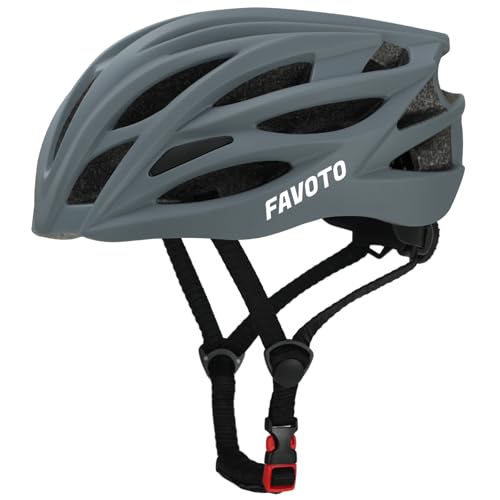Why Choosing the Right Size Bicycle Helmet is Important
When it comes to cycling safety, choosing the right size helmet is crucial. A helmet that is too large or too small can compromise its effectiveness in protecting your head from injury. In fact, studies have shown that the right size helmet can reduce the risk of head injury by up to 85 percent. But with so many sizes and styles available, how do you choose the right one?
Measuring Your Head for a Bicycle Helmet
The first step in finding the right size helmet is to measure your head. Using a soft tape measure, measure the circumference of your head just above your eyebrows and ears. This measurement can be used to determine the size of helmet that you need. Be sure to take into account any hairstyle or headwear that you typically wear while cycling.
Fitting the Helmet Properly
Once you have purchased the right size helmet, it’s important to make sure it is properly fitted to your head. The helmet should sit level on your head and low on your forehead, with about one to two fingers’ width between your eyebrows and the edge of the helmet. The chin strap should be snug but not too tight, and the helmet should not move around on your head when you shake it.
Trying on Different Brands and Styles
It’s also important to try on different brands and styles of helmets to find the right fit for your specific head shape. Some helmets may be designed for a more oval-shaped head, while others may fit better on a rounder head. Some helmets also have adjustable sizing systems, which can help provide a custom fit.
Replacing Your Helmet
Finally, it’s important to replace your helmet if it becomes damaged or if you are involved in a crash. Even if the helmet appears to be intact, its ability to protect your head may be compromised. It’s generally recommended to replace your helmet every 3-5 years, even if it has not been involved in a crash.






